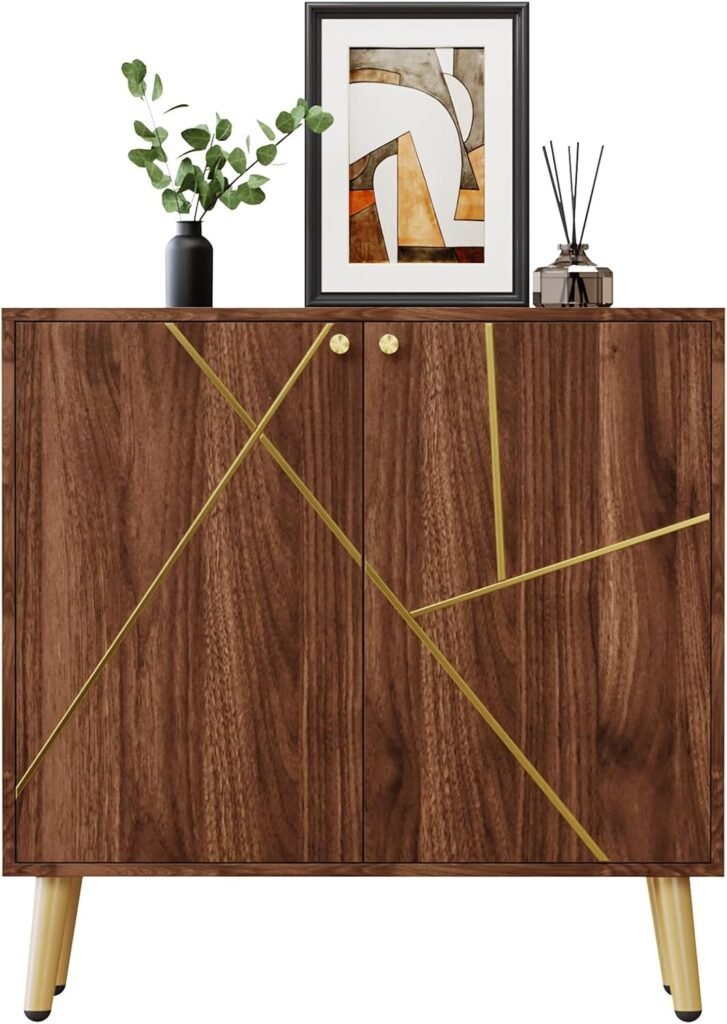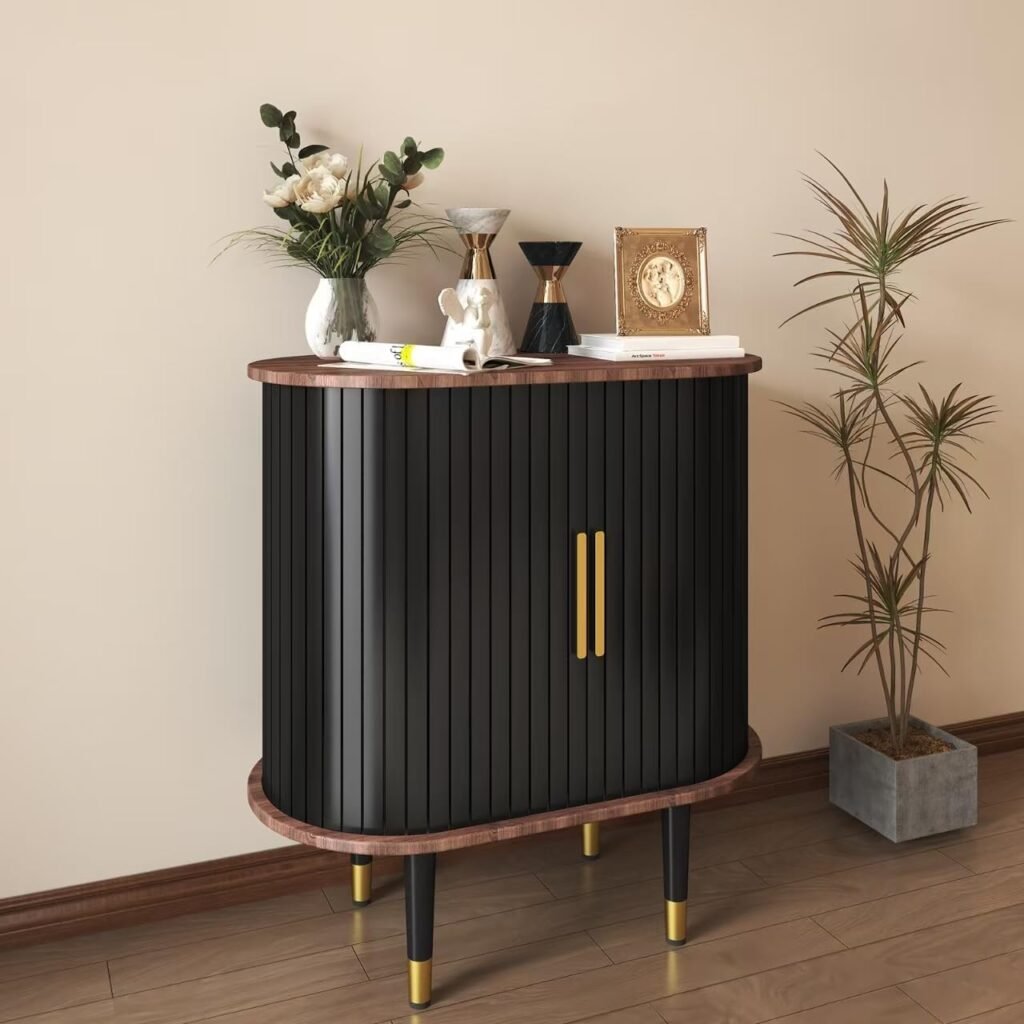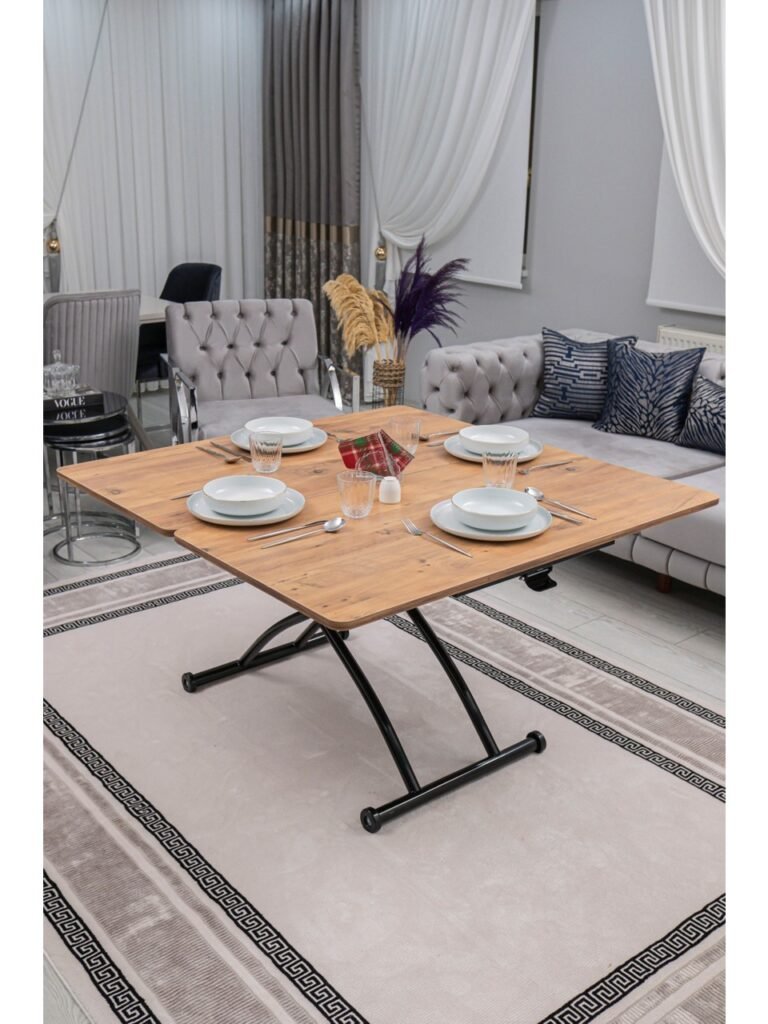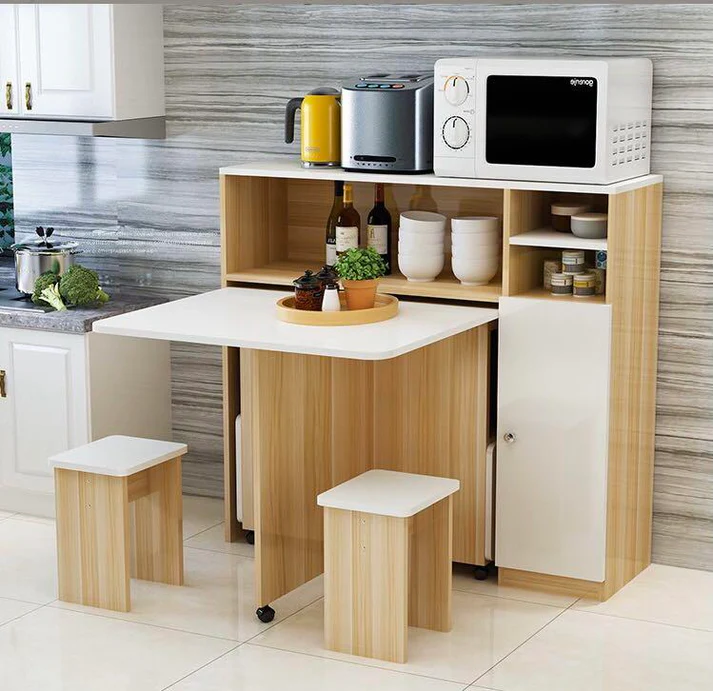In today’s world of interior design, your cabinetry can either make or break your room’s aesthetic. When it comes to choosing the perfect style, two names consistently rise above the rest: Fluted and Shaker cabinetry. Both styles bring their own unique story, character, and functionality to your home, yet the decision often boils down to your personal taste, lifestyle, and the overall design of your space.
In this comprehensive guide, we’ll unravel the specifics of each style, compare them in detail, and help you determine which might be the best fit for your home. Along the way, we’ve woven in a series of Q&A segments to address common questions and clear up any confusion. Whether you’re in the early planning phase or deep into your renovation process, this article is designed to guide you through your cabinet style decision with clarity and confidence.
The Origins: A Brief History of Cabinet Styles
Fluted Cabinets
Fluted cabinetry draws inspiration from classical architecture. The term “fluted” refers to the vertical grooves carved into the surface of the panel. Historically, fluting was seen in columns, pilasters, and other architectural elements in ancient Greek and Roman buildings, symbolizing elegance, order, and refinement. Today, fluted cabinets are celebrated for their decorative details that bring texture and an old-world charm to modern spaces.
Shaker Cabinets
In contrast, Shaker cabinets originate from the simplistic design principles of the Shakers, a religious sect known for their pursuit of perfection in craftsmanship. Shaker designs emphasize clean lines, minimal ornamentation, and functionality. The aesthetic is both timeless and functional, making Shaker cabinets a staple in kitchens, bathrooms, and living spaces that prioritize a modern yet homely feel.
Design Characteristics: What Sets Them Apart?
Fluted Cabinets: Where Texture Meets Tradition
- Visual Appeal: Fluted cabinets are immediately eye-catching. The repeated grooves offer a tactile surface that interacts beautifully with both natural and artificial lighting. The play of shadows highlights the craftsmanship behind each panel, making them a perfect centerpiece for rooms that draw inspiration from classic or transitional designs.
- Styling Versatility: While they evoke a sense of history, fluted cabinets can be integrated into various design aesthetics—from an opulent vintage-style kitchen to a modern bathroom with a twist. The grooves add structural interest and are often paired with ornate hardware or soft, ambient lighting to further emphasize their depth.
- Customization: With fluted cabinetry, there is room for creativity. Some designers experiment with bold pigments or high-gloss finishes, while others prefer a natural wood tone that accentuates the sculptured details.
Shaker Cabinets: The Epitome of Simplicity
- Clean and Minimalist: Shaker cabinets are defined by their simplicity. Simple, flat panels, robust functional hardware, and a generally minimalistic approach make them an embodiment of understated elegance. Their clean lines ensure that they blend seamlessly with various modern décor trends, including minimalism and Scandinavian design.
- Timeless Functionality: With an emphasis on utility, Shaker cabinets offer a design that remains relevant through changing trends. Their unadorned nature means they’re less likely to clash with other modern fixtures or accessories. This makes them particularly popular in spaces that require versatility and lasting appeal.
- Versatility in Finishes: Shaker cabinets work beautifully with a variety of finishes—from distressed paint for a rustic look to high gloss or matte finishes in contemporary settings. Their design lends itself well to both wood and engineered materials, making it easier to find options that meet your design and budgetary needs.
Comparative Analysis: Pros and Cons
To further help you decide, here’s a detailed comparison highlighting the benefits and potential drawbacks of each style:
| Aspect | Fluted Cabinets | Shaker Cabinets |
|---|---|---|
| Aesthetic Impact | Rich in texture and decorative detail; adds a sense of tradition | Emphasizes clean lines and functional simplicity; appeals to modern minimalists |
| Design Flexibility | Suits eclectic, vintage, or transitional themes; stands out visually | Adapts easily to various design themes from rustic to contemporary |
| Maintenance | The grooves may require more careful cleaning to avoid dust buildup | Generally easier to maintain due to smooth surfaces |
| Customization | Offers an opportunity for artistic expression through varied finishes and colors | Provides a neutral base that works well with a variety of accessories and accent pieces |
| Cost Consideration | Often involves intricate craftsmanship which might drive the cost | Typically, a more cost-effective choice due to its simpler design and construction |
Cabinetry in Context: How to Choose Based on Your Home’s Décor
Consider Your Home’s Style
- Traditional Homes: If your home boasts an ornate architectural style or vintage elements, fluted cabinets can amplify that charm, adding historical depth and an artisanal touch to your decor.
- Modern and Minimalist Spaces: For those with a penchant for clean lines and minimalistic aesthetics, shaker cabinets are a natural fit. Their simplicity does not compete with or overpower other elements, making your space feel cohesive and uncluttered.
Lifestyle and Practicality
- Maintenance and Upkeep: The intricate grooves of fluted cabinets, while visually appealing, can demand extra maintenance. They may accumulate dust, especially in areas like kitchens where grease and grime are common. Shaker cabinets, with their flat panels, require less time cleaning, making them ideal for high-traffic areas.
- Budget Considerations: Often, the detailed craftsmanship behind fluted cabinetry can add to the cost. If your project budget is tight, shaker cabinets might present a more affordable alternative that still delivers on style and functionality.
Expert Opinions: When Form Meets Function
Many interior designers emphasize that the right cabinetry can transform not just a room—but the entire feel of your home. Here are some takeaways from professionals:
- For Fluted Cabinets: They are often chosen as statement pieces in dining rooms, entryways, or high-end kitchens where the goal is to evoke a sense of luxury and traditional craftsmanship. Designers love using them in spaces where every detail matters.
- For Shaker Cabinets: Favored by those who lean towards a modern or transitional look, shaker cabinets consistently win points for durability and timeless appeal. Their simplicity allows other design elements to shine, creating an open and airy ambiance.
Installation and Customization: Tailoring Cabinets to Your Needs
Custom-Built vs. Ready-to-Assemble
Both cabinet styles are available in custom-built options as well as ready-to-assemble sets. Custom-built cabinets give you the freedom to choose everything from wood type to finish and hardware, ensuring that the final product perfectly complements your interior. On the other hand, ready-to-assemble cabinets offer a cost-effective solution without sacrificing style.
Integration with Modern Technology
Today’s cabinetry isn’t just about aesthetics—it’s also about functionality and smart integration. Many homeowners now incorporate features like soft-touch mechanisms, LED lighting, and innovative storage solutions into their cabinet installations.
- For fluted cabinets: LED lighting can be used to accentuate the grooves, while in shaker cabinets, integrated handles and smart storage systems further enhance practicality without altering the simple beauty of the design.
Making Your Decision: A Personalized Approach
At the end of the day, choosing between fluted and shaker cabinetry isn’t about declaring one style the absolute winner—it’s about finding the right fit for your home’s personality and your lifestyle needs. Consider the following points as you make your decision:
- Assess your overall décor. Think about the themes, colors, and textures already present in your home.
- Evaluate your maintenance habits. Do you prefer a design that is low-maintenance or one that rewards you with visual drama even if it needs a little extra care?
- Set a budget. More intricate details might come at a premium, so balance your design aspirations with your financial plan.
- Imagine your daily use. Whether you need a quick-clean solution or a decorative focal point that brings back a sense of tradition can affect your choice.
Embrace Your Unique Home Identity
The debate between fluted versus shaker cabinetry need not be a battle of absolutes. Instead, view it as an invitation to explore the full spectrum of design possibilities available to you. Whether you lean towards the decorative intricacies of fluted design or the elegant simplicity of shaker style, the best choice is always the one that resonates with your individual taste and lifestyle.
Both styles carry rich histories, thoughtful craftsmanship, and the potential to transform your space. With careful consideration of your home’s aesthetic, practical needs, and long-term vision, this decision becomes not just about choosing a cabinet, but about making a statement that reflects who you are.
View related articles:
Fluted Cabinets: Design Trends & Styling Secrets for 2025
Maximizing Small Spaces with Folding Dining Table
Small living areas demand furniture that’s both functional and unobtrusive. Folding dining tables answer this…
Best Folding Dining Tables for Small Apartments
Top Folding Dining Table Trends: Space-Saving, Sustainable, and Stylish Choices for Modern Homes. In today’s…
Stylish & Practical: How to Choose the Perfect Folding Dining Table
In modern living spaces, where every square inch matters, choosing the right furniture often becomes…





